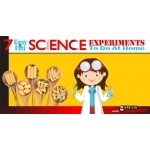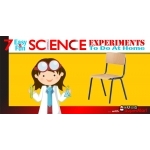12 Creative Tips for Continuous Writing

|
1. |
In the previous tip, we learnt about varying sentences. In this tip, I will talk about how your child can apply sentences synthesis skills to achieve good sentence flow in a story. Most short sentences are simple sentences. They contain a subject (the focus of the sentence) and a verb (what they are doing). They also need to have a complete idea. Most children have no issue with this. Using the short sentence as a base, I am going teach you how to get your child to form longer sentences. |
|
2. |
(a) Your child can add a conjunction between two or more simple sentences. Let’s look at these two simple sentences. “They got to the stadium early. They had good seats.” By adding ‘and’, the sentence becomes “They got to the stadium early and had good seats.” Some conjunctions that help connect simple sentences are “and”, “but”, “yet”, “or” and “so”, etc. (b) Add a semicolon between two simple sentences. Let’s look at another example. “Italy is my favourite country. In fact, I plan to spend two weeks there next year.” By adding a semicolon, it becomes, “Italy is my favourite country; in fact, I plan to spend two weeks there next year.” Just a note of caution though. DO NOT mistakenly use a comma to join two simple sentences together. |
Other Articles That You May Like
-

7 Easy and Fun Science Experiments To Do At Home
Experiment #7 - Forces (Frictional Force)
-

7 Easy and Fun Science Experiments To Do At Home
Experiment #6 - Forces (Frictional Force)
-




